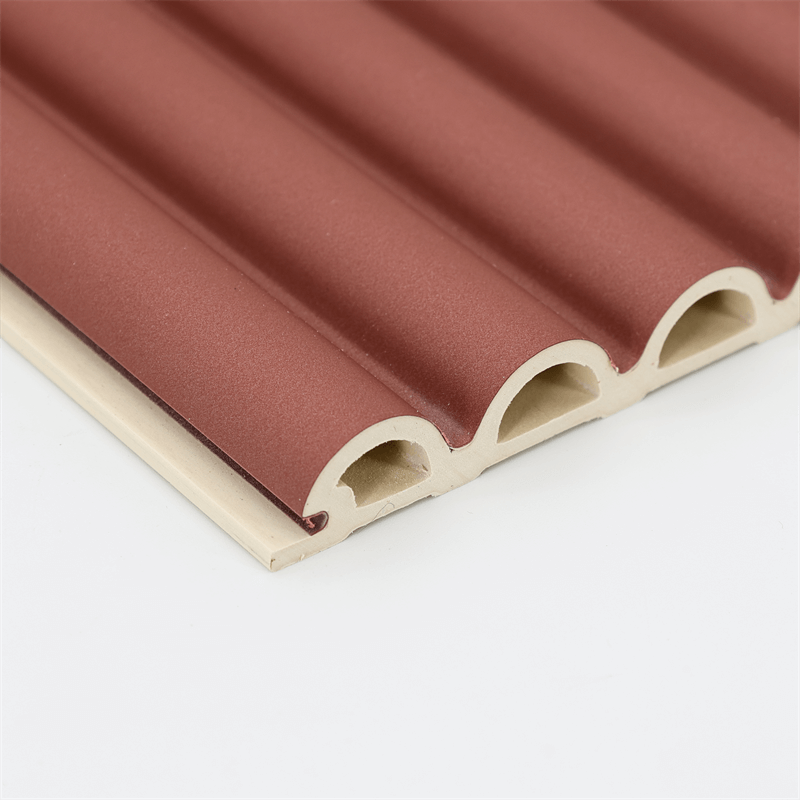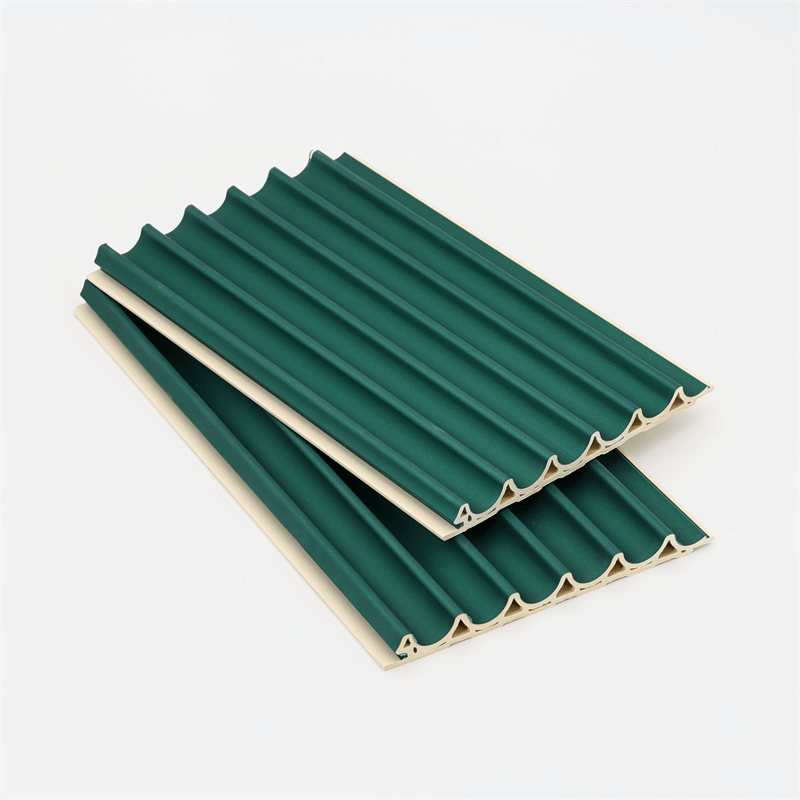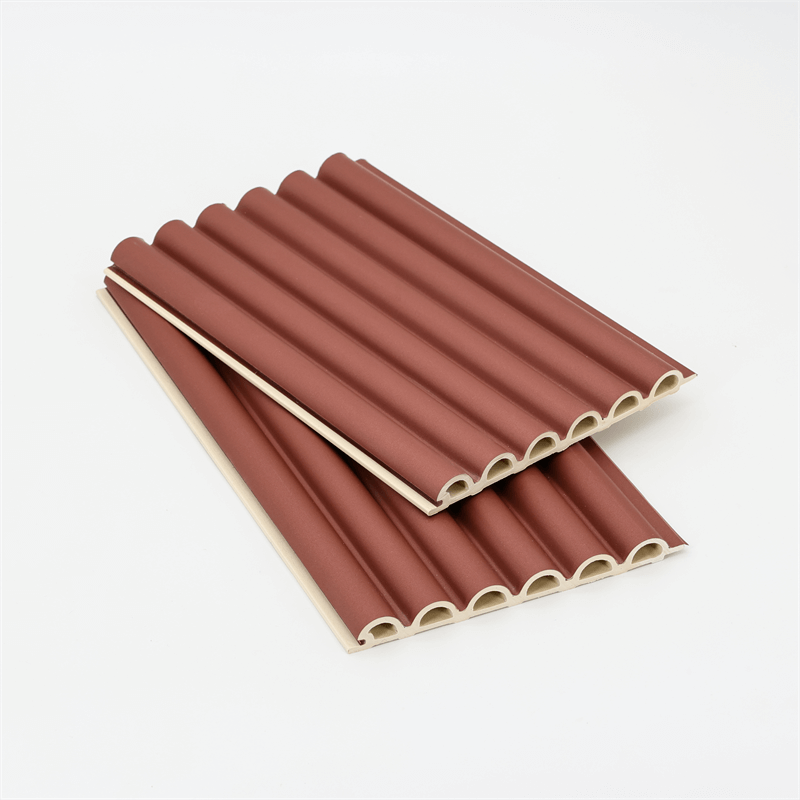In recent years, WPC (Wood-Plastic Composite) wall panels have gained significant popularity in interior design, revolutionizing the way we think about wall cladding materials.
WPC wall panels are composed of a blend of wood fibers and thermoplastics, offering a unique combination of aesthetic appeal, durability, and sustainability.
In this essay, we will delve into the various benefits that WPC wall panels bring to interior design. We will explore four key aspects: versatility, durability, eco-friendliness, and design options.
I. Versatility of WPC Wall Panels
WPC wall panels offer remarkable versatility, making them suitable for a wide range of interior design applications.
Whether it’s residential, commercial, or industrial settings, WPC panels can be utilized to create stunning and functional spaces.
Here are some ways in which WPC wall panels showcase their versatility:
- Design Freedom: WPC wall panels come in various sizes, shapes, and colors, allowing designers and architects to unleash their creativity. They can be easily customized to meet specific design requirements, enabling the creation of unique and visually appealing interiors.
- Installation Options: WPC panels offer flexibility in terms of installation. They can be easily mounted on different surfaces, including concrete, gypsum, or existing walls, making them suitable for both new construction projects and renovations. The ease of installation reduces project time and cost.
- Integration of Fixtures: WPC panels can seamlessly integrate fixtures like lighting, switches, and outlets. The panels can be manufactured with pre-cut openings, ensuring a clean and professional look while maintaining functionality.
II. Durability and Longevity of WPC Wall Panels
One of the significant advantages of WPC wall panels is their exceptional durability and longevity.
These panels are engineered to withstand various environmental factors, providing long-lasting performance.
The following points highlight the durability aspect of WPC wall panels:
- Moisture Resistance: WPC panels are highly resistant to moisture, making them ideal for areas prone to humidity, such as bathrooms and kitchens. Unlike traditional materials like wood or gypsum, WPC panels do not warp, rot, or expand when exposed to moisture.
- Impact Resistance: WPC wall panels are designed to withstand impacts and daily wear and tear, making them suitable for high-traffic areas. They are less prone to scratches, dents, or cracks compared to materials like ceramic tiles or paint.
- Termite and Pest Resistance: Unlike natural wood, WPC panels are not susceptible to termite or pest infestations. This quality ensures their longevity and reduces the need for regular maintenance and replacement.
III. Eco-Friendliness of WPC Wall Panels
Sustainability is a crucial aspect of modern interior design.
WPC wall panels offer several eco-friendly benefits, making them an environmentally responsible choice.
Let’s explore the eco-friendliness of WPC panels:
- Use of Recycled Materials: WPC panels incorporate recycled wood fibers and thermoplastics, diverting waste from landfills. By utilizing recycled materials, the demand for virgin resources is reduced, contributing to resource conservation.
- Reduced Carbon Footprint: WPC panels have a lower carbon footprint compared to traditional materials like concrete or brick. The manufacturing process of WPC panels requires less energy and emits fewer greenhouse gases, making them a greener alternative.
- Sustainable Forest Management: By opting for WPC panels, we reduce the demand for natural wood, thereby promoting sustainable forest management practices. This helps in preserving forests and protecting biodiversity.
IV. Design Options with WPC Wall Panels
Apart from their functional benefits, WPC wall panels offer a wide range of design options, enabling interior designers to achieve various aesthetics.
Here are some key aspects of design possibilities with WPC panels:
- Textures and Finishes: WPC panels can mimic the appearance of natural materials such as wood, stone, or concrete. They can be embossed with different textures and finished with a variety of coatings, providing endless design options.
- Color Palette: WPC panels are available in a vast array of colors, allowing designers to choose from subtle tones to bold hues, enhancing the overall aesthetic appeal of interior spaces.
- Visual Integration: WPC panels can be seamlessly integrated with other design elements such as furniture, flooring, and decorative accents. This integration creates a cohesive and visually pleasing environment.
WPC wall panels have revolutionized interior design with their versatility, durability, eco-friendliness, and design options.
They provide a sustainable alternative to traditional wall cladding materials, offering numerous benefits in terms of aesthetics, functionality, and environmental responsibility.
As the demand for sustainable and visually appealing interiors continues to rise, WPC wall panels are poised to play a vital role in shaping the future of interior design.

In conclusion, the benefits of WPC wall panels in interior design are undeniable.
Their versatility allows for creative freedom and the ability to customize spaces according to specific design requirements.
The durability and longevity of WPC panels ensure that interior spaces remain intact and visually appealing for an extended period, withstanding impacts and resisting moisture and pests.
Moreover, their eco-friendliness, through the use of recycled materials and reduced carbon footprint, contributes to sustainable practices and responsible resource management.
WPC wall panels also offer a wide range of design options, including textures, finishes, and a diverse color palette, allowing designers to achieve various aesthetics and seamlessly integrate them with other design elements. This versatility, combined with their functional attributes, makes WPC panels a valuable choice for architects, designers, and homeowners alike.
As the world continues to prioritize sustainable practices and environmentally conscious design, WPC wall panels stand as a testament to the possibilities of combining aesthetics, durability, and eco-friendliness in interior design.
They provide an innovative solution that not only enhances the visual appeal of spaces but also contributes to a greener future.
In conclusion, WPC wall panels have emerged as a game-changer in interior design, offering a range of benefits that go beyond traditional materials.
Their versatility, durability, eco-friendliness, and design options make them an attractive choice for those seeking sustainable and visually stunning interiors.
With their growing popularity, WPC wall panels are undoubtedly reshaping the way we approach interior design, paving the way for a more sustainable and aesthetically pleasing future.


